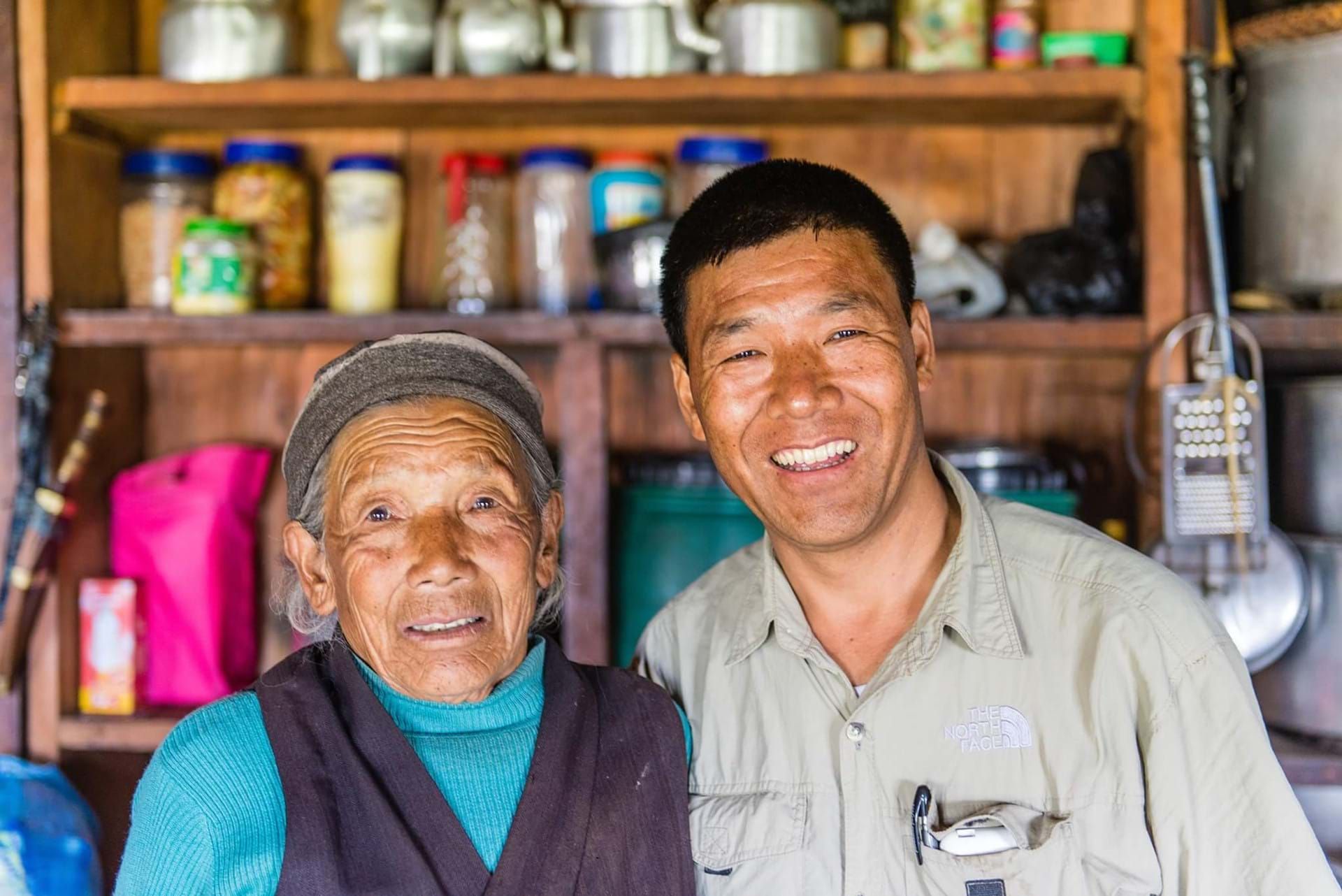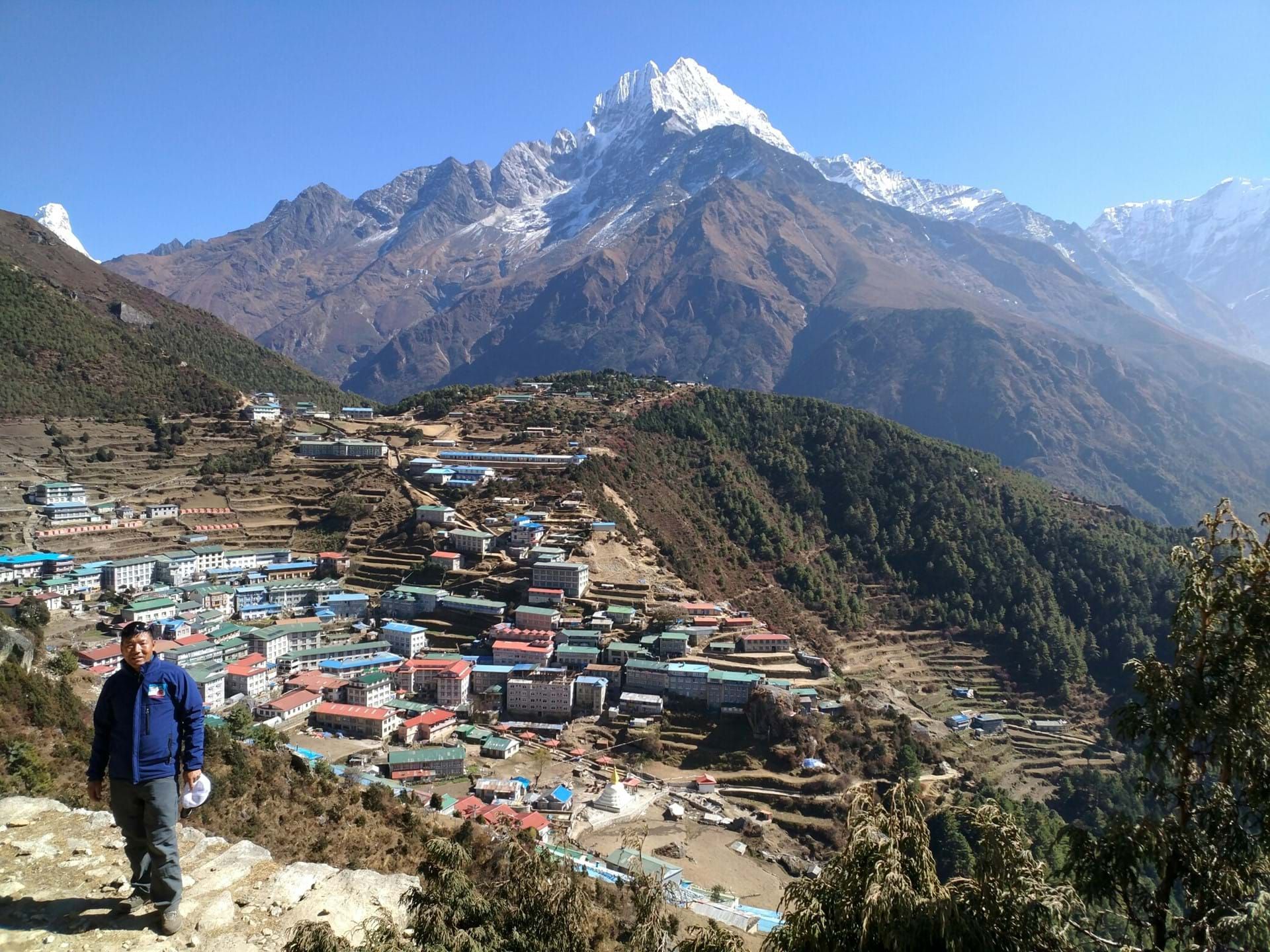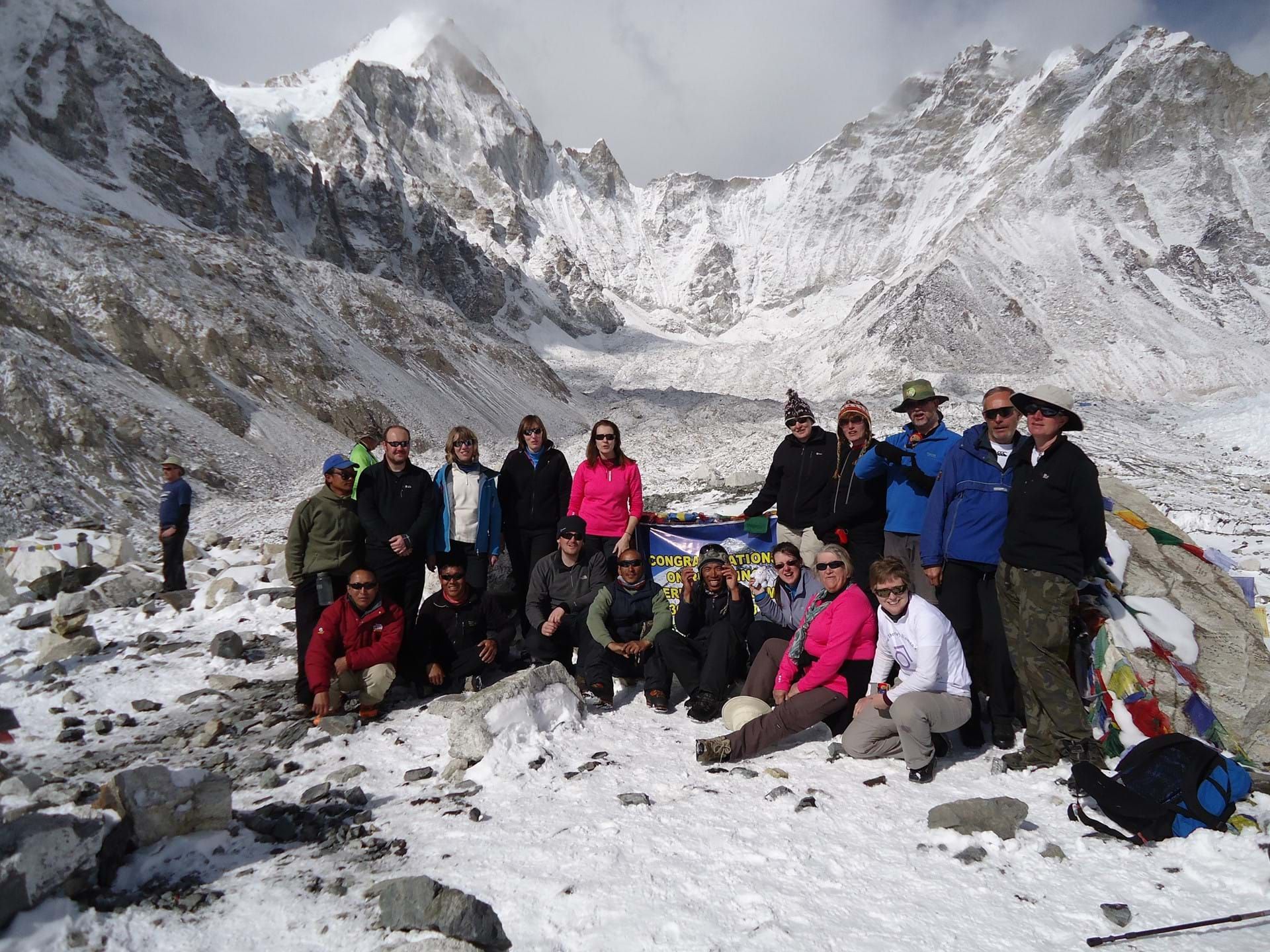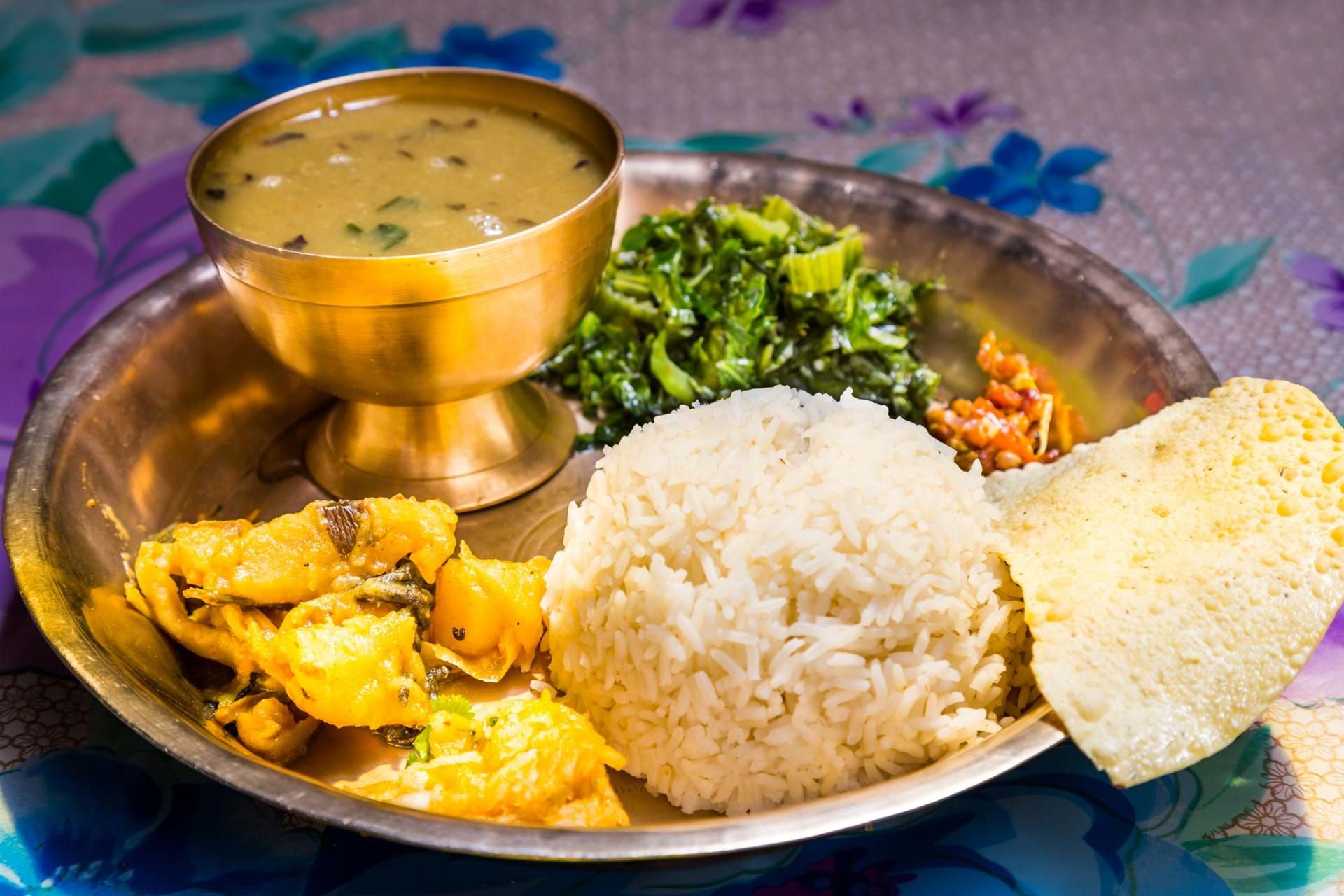Insights into the trek to Mount Everest Base Camp

How is the trek to Mount Everest Base Camp?
Trekking to Mount Everest Base Camp is a dream trek for many adventure lovers. It is considered one of the best and the most adventurous trekking destinations around the world, as it leads you closest to some of the most beautiful and highest mountains in the Himalayas, including Everest, Lhoste, Nuptse, Ama Dablam, Pumori and many other peaks.
Getting the view of the highest peak in the world isn’t everyone’s cup of tea. It is considered a moderately challenging trek. The trekking begins at Lukla 2,860m, which is already quite high to many of the trekkers and you end at 5,364m/1,7599ft at the Base Camp. If you choose to climb Kalapatthar, it is 5,545m/18298 ft.
The elevation creates the most difficulty on top of the geography, because the higher you go, the lower the oxygen level, so many people experience altitude sickness. But if you are physically fit and you beat the altitude, you can certainly conquer the trek.
What are the highlights?
Mount Everest is the Land of Everest and the homes to the Sherpas. Sherpas are the local inhabitant of the Everest Region and famous around the world for their mountain climbing skills. Your trip to Everest exposes you to the best scenery of some of the highest mountains in the world, like Everest (8,848m), Lhoste (8,516m), Nuptse (7,861m), Makalu (8,481m), Cho Oyu (8,201), Ama Dablam (6,812m), Pumori (7,161m) and Thamserku (6,623m) and the culture and civilization of the Sherpa people, who dwell in some of the highest elevations in the world. You get closer to these mountains on this trek than you do on any of your other trips. Once you are at 4,000m, you are surrounded by mountains in all four directions till you reach the Base camp.

What is it like to see the biggest mountain in the world up close and personal?
The mesmerizing experience of being close to the highest peak tempts you to go higher than ever, which also inspires you to achieve your other goals in your life. The view is jaw opening and you wouldn’t want to leave the place unless you feel the icy cold wind on your cheeks.
How do participants usually find acclimatisation as we trek higher? Is it tough and how long does it take before you get used to the different air pressure?
Since the trek starts at Lukla, 2,860m above the sea level, the place is already high for most of the foreigners. Many could feel altitude or the thin air pressure right from the beginning. But our trek is scientifically planned to make sure our participants get enough time to acclimatise before they go higher.
We don’t climb more than 800m approx. a day, which is generally a good height to which our body can acclimatise. Also, since we have a rest day after every 1,000m climb, we have an extra day for our body to relax and acclimatise better. We have trained first aiders on our team and clients can have the confidence that the trek operators have things planned well to fight altitude. Slow and steady wins the race, so a gentle and steady hike is the secret to conquer Everest Base Camp.

Do you have any tips on how to prepare?
To all of you preparing for the Everest Base Camp Trek, we request you include a daily walk in your schedule, so that you’re physically fit before the trip. Hills prepare you the best and a long-distance walk is better than a short-distance run. In a day, you cover 8-10km distance, but since it’s up the mountain, it is comparatively tougher than back home.
Make sure you include pack light, quick dry and warm wears for the trip. Heavy packing is discouraged for the trek as you can only fly 15kg weight on the domestic flight, including your day pack.
What are the tea houses like en route, particularly the ones we stay in overnight?
Most of the tea houses we use are above the basic accommodation. The rooms are on a twin sharing basis and the bathrooms are common. All the lodges have electricity, some use solar power; so clients can expect WiFi service and charging facilities, but they have to pay extra.
What’s the food like in Nepal and more specifically, what kind of food will we be eating during our treks in the Himalayas?
When in the city, expect all the varieties of foods such as continental, Chinese, American, Thai, Indian, Halal food and all other sorts. On the Everest Base Camp and Walk With Me treks, it’s mostly Nepalese and continental. The foods are prepared freshly with organic ingredients. Processed foods and packed foods are less common on the treks.

Trek Challenges
Get the Dream Challenges email newsletters
Be the first to know when we launch exciting new challenges and hear more about each of the awesome adventures you can join and sign up to our mailing list!
We’ll send you all sorts of fun stuff, including interviews with our local agents, top tips, case studies, videos and more – view our privacy policy for details.


